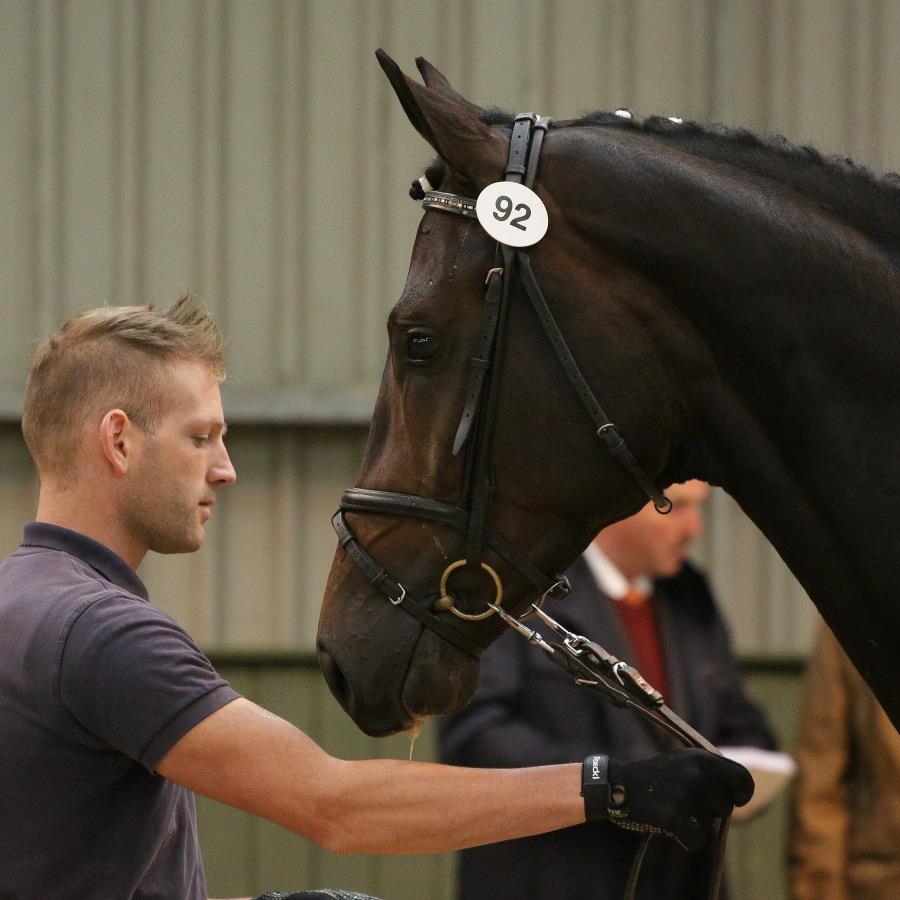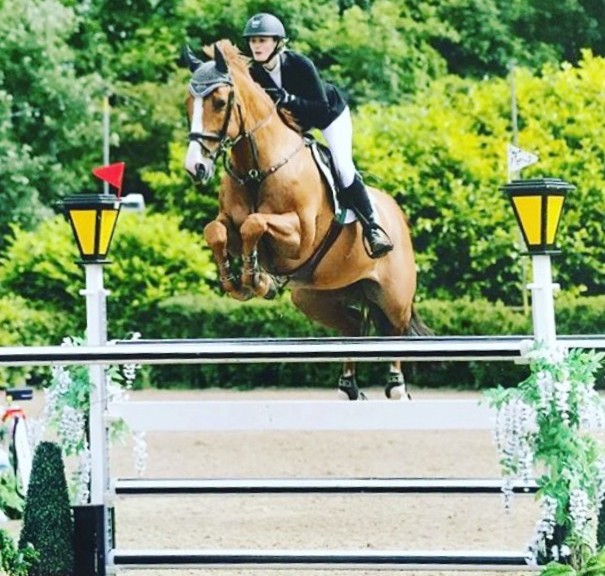Horse Scout’s advice for buying horses this winter.
Winter proves a perfect time for the acquisition of new horses for sale for Horse Scout riding professionals. This contrasts first time and novice buyers ideal time of year to purchase a new horse unless they have a professional support system in place.
Professional yards overcome the difficulties of riding through the winter months with greater ease than the amateur home. There is a tendency for better facilities: walkers, staff, lunge pens, structured daily routines, which undoubtably enable professionals to slot any new horses into their set up with greater ease than smaller private homes.
The Horse Scout Team have found that all too often, first time and novice buyers encounter a negative experience with a new horse through the winter months. Contributing factors range from common and understandable mistakes such as: over feeding, unnecessary clipping out for aesthetics versus logic, poor warm-up options / lack of training support and poor turn out routines.
The inability to maintain necessary work levels, (or that which the previous home and rider was able to facilitate) tends to be paramount. If you or your friends are having any concerns, we would recommend a winter livery option with a proven professional yard that works within the same discipline you have purchased your horse for.
International Event Rider and Hampshire based trainer Lucienne Elms confirms the relevance for a patient approach, especially with the youngsters or novice rider. “I always give the young horses the chance to relax and warm up on the lunge long and low, with a loose set of side reins for 10-15mins over the winter. Especially if they have had a day off, it keeps their brains ‘on side’ as they are able to then relax and concentrate when my clients or I get back in the saddle. In my experience horses are two things: memory and instinct. It takes months, even years to train them; but seconds to form an unnecessary habit or bad experience. Clients being bucked off onto frozen ground is never something I want to hear, and when selling its always best to be honest about the ‘quirks’ or needs of the animals, that way these problems can be avoided. Prevention is better than cure!
Horse Scout Team would recommend when buying a horse for sale, it is always best to take a professional with you, ideally one that knows you, and your riding ability, to support your selection process and reduce the chance of being victimised by a sharp or underworked horse over the winter months.







